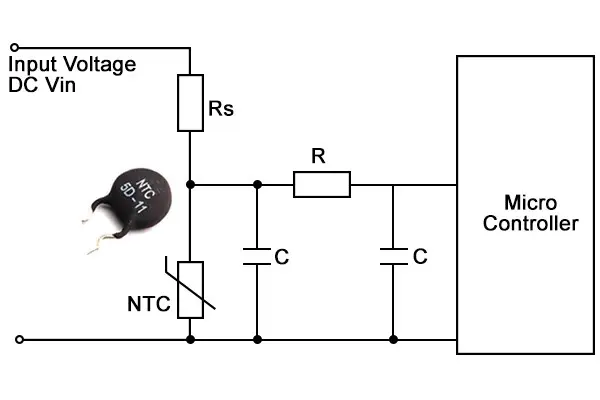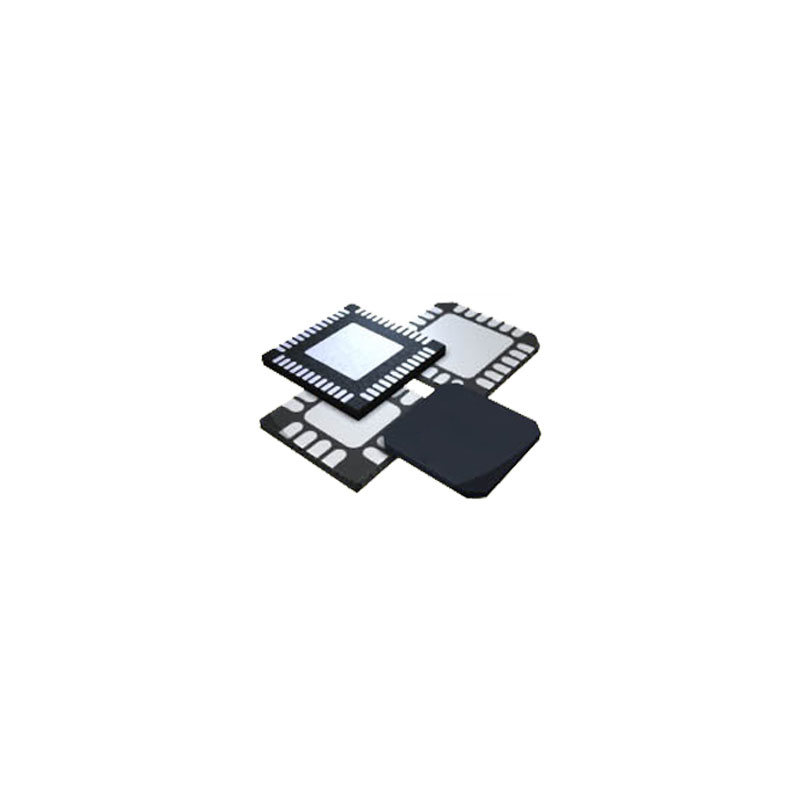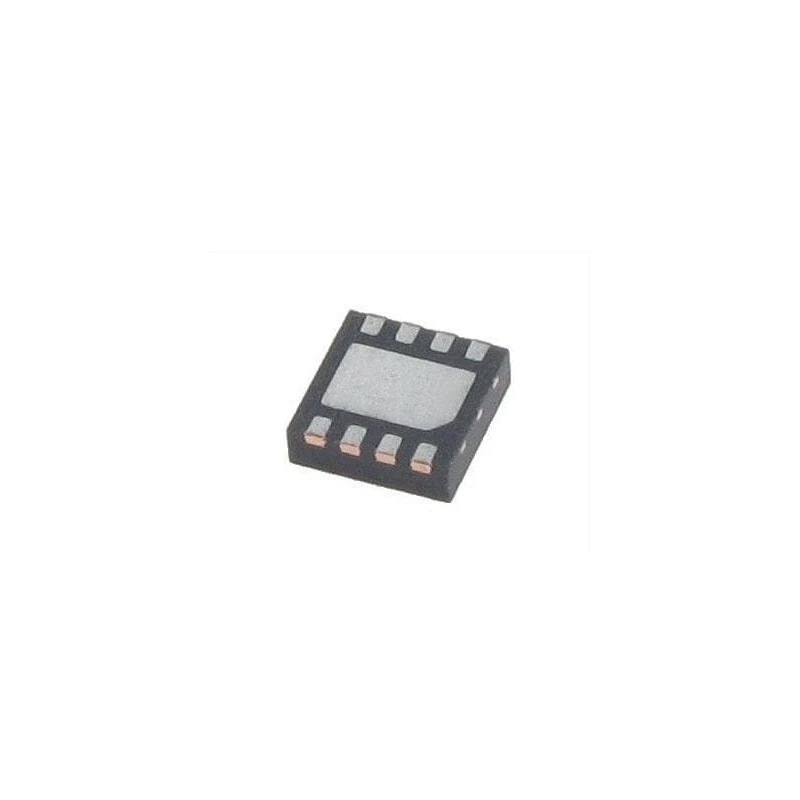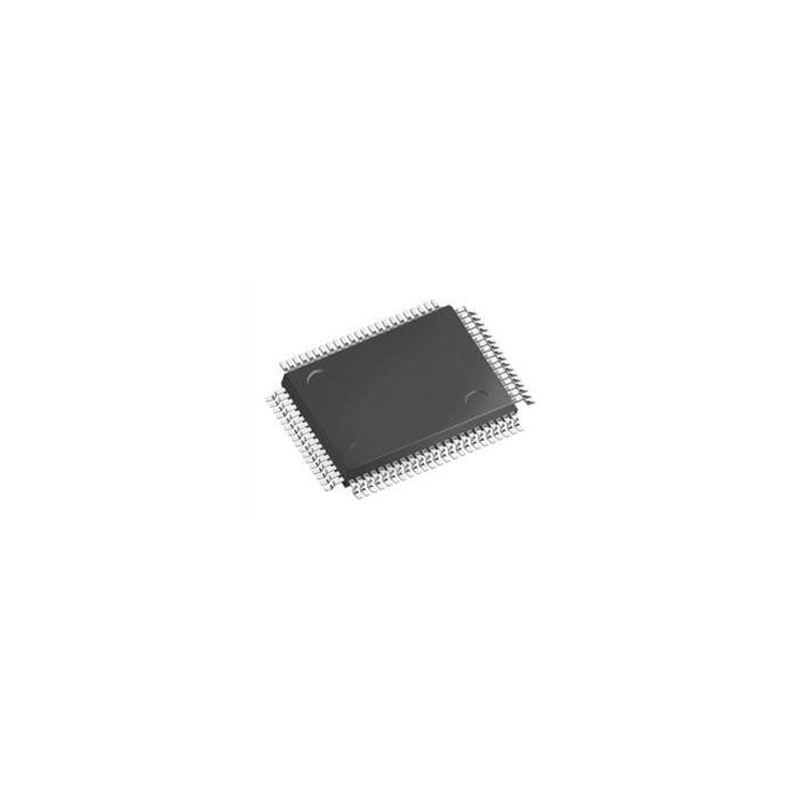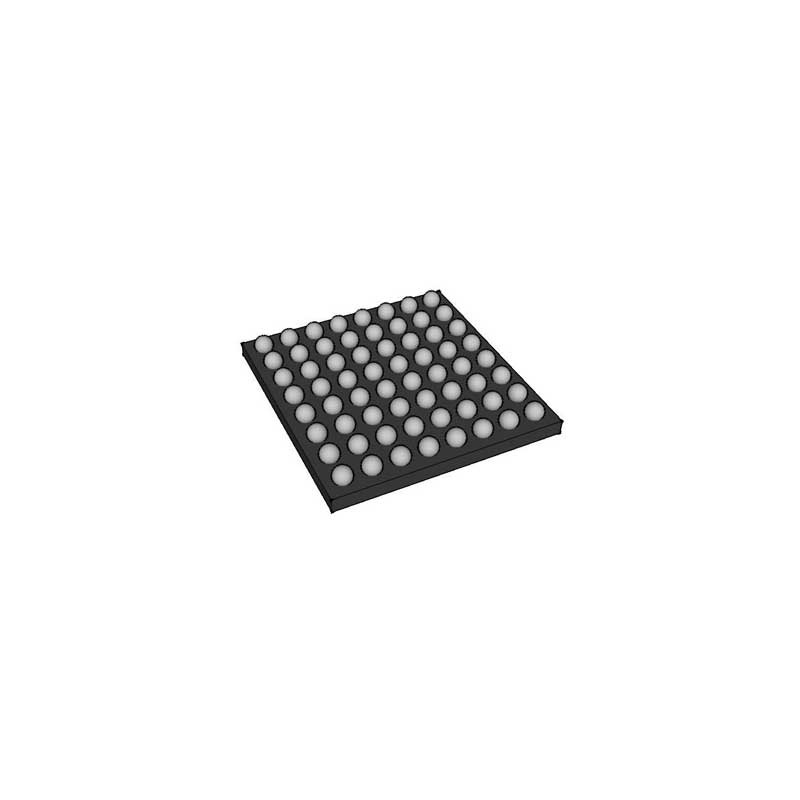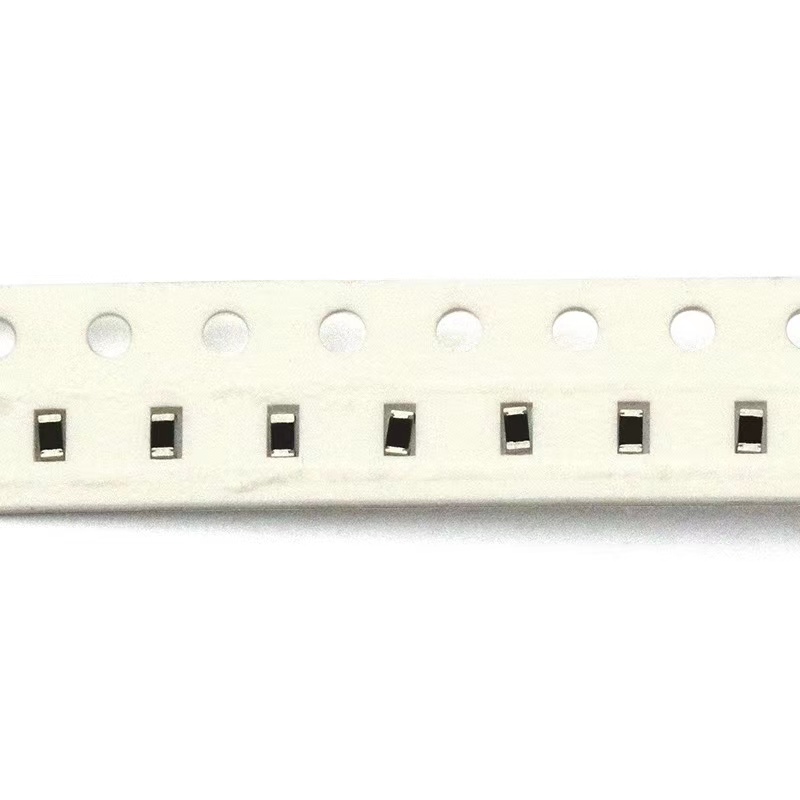[Solved] How to Bypass Battery Current Sensor 2023
 Published: May 17, 2023
Published: May 17, 2023
Contents
Bypassing a battery current sensor can be a useful technique in certain situations where the sensor needs to be temporarily overridden or bypassed. Whether you're troubleshooting a faulty sensor or implementing a specific functionality, knowing how to bypass a battery current sensor safely and effectively can be valuable.
In this article, we will explore the steps and considerations involved in bypassing a battery current sensor, providing you with the necessary information to handle such situations confidently.
1. What is Battery Current Sensor [Definition]
A battery current sensor, also known as a shunt resistor or current shunt monitor, is a device used to measure the electrical current flowing into or out of a battery. It is typically employed in applications such as battery management systems, power distribution systems, or electric vehicles.
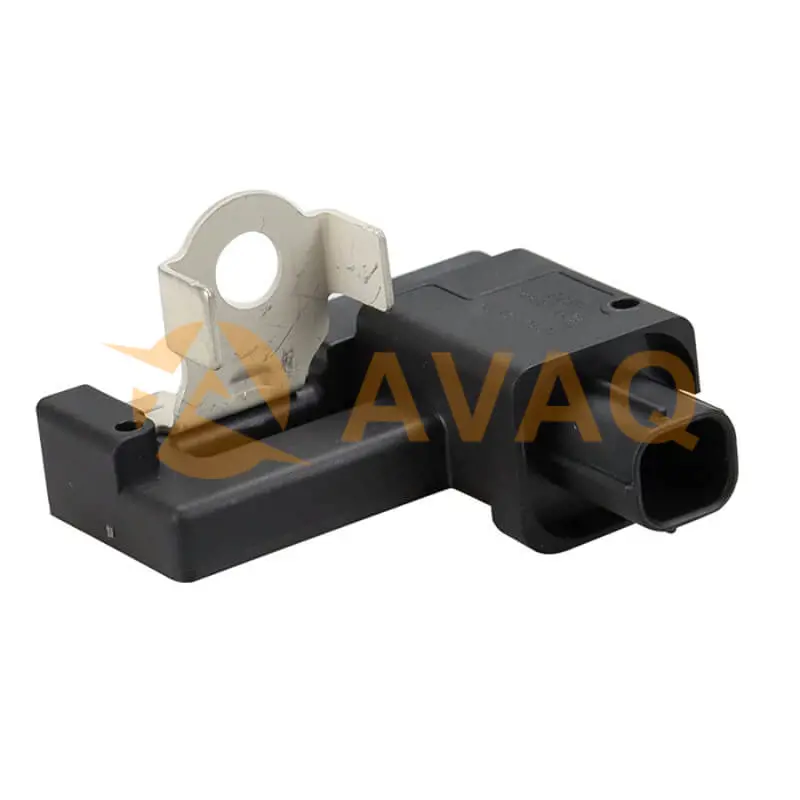
The battery current sensor works by utilizing a low-value resistor placed in series with the current path. As current flows through the resistor, a small voltage drop occurs across it, which is proportional to the current magnitude based on Ohm's Law (V = I * R). This voltage drop is then measured and converted into a readable current value.
The sensor provides information about the battery's charging or discharging rate, allowing for monitoring, control, and protection of the battery system. It helps prevent overcharging, over-discharging, or excessive current flow, which can lead to damage, reduced battery life, or hazardous conditions.
Battery current sensors are commonly used in automotive systems, renewable energy systems, uninterruptible power supplies (UPS), and other applications where accurate current measurement is necessary for efficient and safe operation.
2. Why Not Recommend "Bypass Battery Current Sensor"
Bypassing a battery current sensor is generally not recommended or necessary. The battery current sensor is an important safety feature that helps monitor and control the flow of current in and out of a battery. It plays a crucial role in ensuring the proper functioning and protection of the battery and connected devices.
Attempting to bypass a battery current sensor can have serious consequences. Here are a few reasons why bypassing the sensor is discouraged:
- Safety risks: The battery current sensor is designed to prevent overcharging, over-discharging, and excessive current flow, which can lead to battery damage, fires, or other hazards. Bypassing this safety feature can increase the risk of electrical faults, overheating, or even explosions.
- Damage to equipment: Battery current sensors are implemented to protect not only the battery but also the devices and systems connected to it. Bypassing the sensor can result in excessive current flowing through the equipment, causing damage to components, circuits, or even complete system failure.
- Warranty voidance: Tampering with safety features, including bypassing the battery current sensor, can void warranties or guarantees provided by the manufacturer. It's always advisable to adhere to the recommended guidelines and procedures outlined by the manufacturer to maintain warranty coverage.
3. 8 Steps - How to Bypass Battery Current Sensor
In the following we will describe the method to bypass the battery current sensor.
- One requires the use of a transistor, which switches the current around the sensor
- The other requires the use of a resistor, where the circuit operates normally without current consumption.
Step 1. Find the battery current sensor
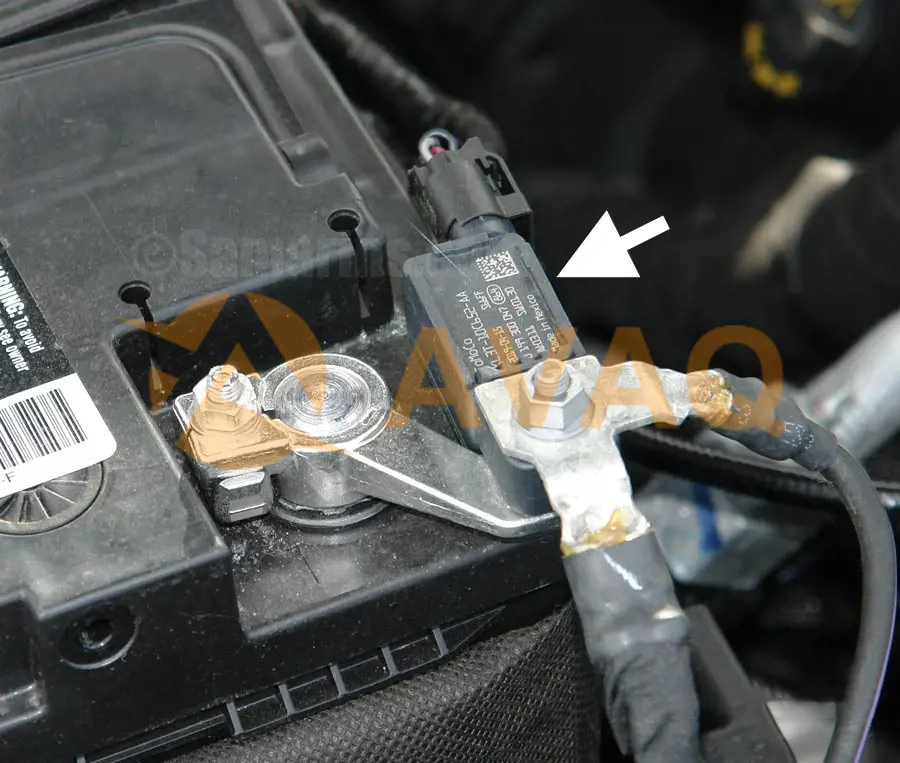
Open the trunk and find the battery current sensor near the battery.
Step 2. Disconnect Negative Terminal of Battery
Separate the positive and negative battery terminals and disconnect the negative terminal of the battery.
Step 3. Find 2 Wires
Find the two wires connected to the battery current sensor, one black and one white.
Step 4. Cut the Black Wire
Cut the black wire. You need to prepare a tool in advance, wire cutters and other tools, pay attention to the safe operation.

Step 5. Remove Insulation
Prepare a wire stripping pliers, remove 1/2 inch of insulation from the end of the black wire
Step 6. Wrap the Black and White Wire
Immediately after the previous step, wrap the black end and the white end together
Step 7. Use the Wire Connector
Use the wire connector to connect the two wires together
Step 8. Reconnect the Negative Terminal
Finally, reconnect the negative terminal of the battery.
4. Select Your Quality Battery Current Sensor -- AVAQ Semiconductor
The battery sensor from AVAQ is a device used to monitor battery current. It is typically located near the battery and is designed to monitor the charging and discharging of the battery to ensure the safe operation of the battery system.

AVAQ's battery sensors offer the following features:
-Accuracy: The battery sensor provides accurate current measurements and can monitor changes in current during charging and discharging of the battery. This helps the user to understand the actual state of the battery and to perform accurate energy management.
-Safety protection: The battery sensor can detect current overload, over-discharge or other abnormal conditions and trigger the protection mechanism in time. This helps prevent over-discharging and over-charging of the battery, thus extending battery life and ensuring safe use.
-Energy efficient: AVAQ's battery sensors use advanced energy management technology to measure current with minimal energy consumption. This helps save energy, extend battery life, and improve overall energy efficiency.
-Compatibility: AVAQ's battery sensors have broad compatibility for a wide range of battery types and application scenarios, including electric vehicles, energy storage systems, solar arrays, and more.
By monitoring and controlling battery current, AVAQ's battery sensors provide users with real-time battery status information to help optimize energy management and battery performance. They are an important part of ensuring the safe and efficient operation of battery systems.
Conclusion
In conclusion, understanding how to bypass a battery current sensor can be beneficial in specific scenarios where temporary overrides or modifications are required. However, it is crucial to approach this process with caution.
Visit AVAQ Semiconductor to have a new current sensor. By following the recommended guidelines and understanding the principles behind bypassing battery current sensors, you can effectively address specific needs while maintaining the overall integrity and performance of your battery-powered systems.
 FAQ
FAQ
- Are battery current sensors accurate?
- Battery current sensors can provide accurate measurements within a specified range. However, their accuracy can vary depending on factors such as the quality of the sensor, calibration, temperature, and other environmental conditions. It's important to choose a sensor with appropriate accuracy for the specific application requirements.
- Can a battery current sensor measure both charging and discharging currents?
- Yes, battery current sensors are capable of measuring both charging and discharging currents. They provide information on the direction and magnitude of the current flow, allowing monitoring of energy going into or out of the battery.
- Where are battery current sensors used?
- Battery current sensors are used in various applications, including electric vehicles, hybrid vehicles, renewable energy systems, uninterruptible power supplies (UPS), battery management systems, and industrial equipment. They are also commonly found in portable electronic devices like smartphones and tablets to monitor battery usage.
 Popular Industry Focus
Popular Industry Focus
Hot Products
-
![LM741H/NOPB]()
LM741H/NOPB
Texas Instruments
Overload Protection Circuitry
-
![BQ24172RGYT]()
BQ24172RGYT
TI
Charger IC Lithium Ion/Polymer 24-VQFN (5.5x3.5)
-
![TLV62130ARGTR]()
TLV62130ARGTR
TI
Buck Switching Regulator IC Positive Adjustable 0.9V 1 Output 3A 16-VFQFN Exposed Pad
-
![LM5022MM/NOPB]()
LM5022MM/NOPB
Texas Instruments
State-of-the-art current mode operation for efficient power conversion in various applications"
-
![DRV632PWR]()
DRV632PWR
Texas Instruments
DRV632PWR is designed for efficient line driving with a 2-VRMS output
-
![SN65HVD485EDGKR]()
SN65HVD485EDGKR
TI
1/1 Transceiver Half RS422, RS485 8-VSSOP
Related Parts
-
![11302-20]()
11302-20
TTM Technologies Inc
Signal Conditioning 190-400MHz IL .3dB 100 W -55C +85C
-
![SiR474DP]()
SiR474DP
VISHAY
N-Channel 30-V (D-S) MOSFET
-
![SKY65902-21]()
SKY65902-21
SKYWORKS
RF and Baseband Circuit, MCM-12
-
![ASMCC0179]()
ASMCC0179
Semtech
Get your hands on the original ASMCC0179-7 at a great price with guaranteed quality
-
![RTS5208]()
RTS5208
REALTEK
-
![NJW1153]()
NJW1153
JRC
6-CHANNEL ELECTRONIC VOLUME WITH INPUT SELECTOR
-
![BCM4334SKUBG]()
BCM4334SKUBG
BROADCOM
-
![BCM3390ZRKFSBG]()
BCM3390ZRKFSBG
BROADCOM
Broadcom Limited
-
![GE424CIXJ44JB]()
GE424CIXJ44JB
AMD
SOC GX 28nm BGA
-
![BLK-89+]()
BLK-89+
Mini-Circuits
DC Block 10MHz to 18000MHz SMA(Female)/SMA(Male)
-
![MABACT0039]()
MABACT0039
MACOM Technology Solutions
Audio Transformers / Signal Transformers 5-3000MHz Imp. 1:1 50 and 75 Ohm
-
![DBTC-17-5+]()
DBTC-17-5+
Mini-Circuits
Signal Conditioning DIR COUP / SURF MT / RoHS
-
![ETC4-1-2TR]()
ETC4-1-2TR
MACOM Technology Solutions
Audio Transformers / Signal Transformers 2-800MHz Imp. Ratio 1:4
-
![ZCSC-3-R3]()
ZCSC-3-R3
Mini-Circuits
Coaxial Power Splitter/Compiner
-
![X3C19E2-20S]()
X3C19E2-20S
TTM Technologies Inc
Signal Conditioning 1400-2700MHz IL.10dB VSWR:1.22 -55 to 95C

 Update Time: May 19, 2023 Consumer Electronics
Update Time: May 19, 2023 Consumer Electronics

